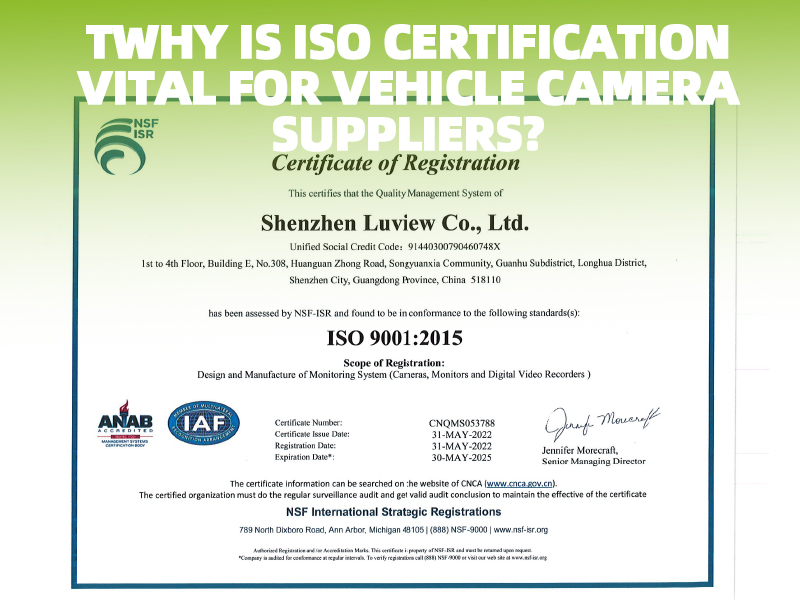Guide to Waterproof Ratings for Motorcycle Dashcam
In the world of motorcycle riding, a dashcam has become an indispensable device. It not only captures the scenery and events during the journey but, more importantly, can provide crucial evidence in the event of an accident. However, given the open design of motorcycles, their dashcams must be able to withstand harsh weather conditions, especially water. This introduces a crucial concept: IP rating, or Ingress Protection rating, which is a standard for measuring the waterproof and dustproof capabilities of electronic devices. For motorcycle dashcams, an appropriate IP rating not only ensures the durability of the device but also guarantees reliability in various weather conditions.
From IPX4, which protects against splashing water, to IPX8, allowing for prolonged submersion, different waterproof ratings define the depth and duration of water resistance for dashcams, ensuring the rider’s peace of mind and the integrity of the recording device. In this article, we will delve into the importance of these waterproof ratings and how they safeguard your motorcycle dashcam from water damage.
Motorcycle Dashcam Waterproof Ratings: Introduction and Significance

1. Get to Know Waterproof Ratings
- Explain IP protection levels for electronic equipment
In electronic devices, the IP rating, also known as the Ingress Protection level, is a standard set by the International Organization for Standardization (ISO) to define the device’s ability to resist the entry of foreign objects and water. The IP rating consists of two digits: the first digit indicates the device’s resistance to the infiltration of solid objects such as dust, and the second digit represents the degree of protection against water ingress.
- How the IP Rating Relates to the Waterproofing of Motorcycle Dash cams.
For motorcycle dash cams, a high IP rating is crucial as they must operate effectively in various weather conditions, including rain and humid environments. A common waterproof rating, such as IP68, signifies that the device is fully dust-resistant (‘6’) and capable of withstanding prolonged submersion in water (‘8’). When consumers choose a motorcycle dash cam, it is advisable to opt for products with a high IP rating to ensure reliable performance even in extreme weather conditions.
2. The Importance of Waterproofing for Motorcycle Dashcams
- Why Waterproofing is Crucial for Motorcycle Dashcams
The waterproof feature of a motorcycle dashcam is crucial for several reasons:
①Weather Adaptability: Motorcycles are frequently used in various weather conditions, including rainy days. A waterproof dashcam can continue to function seamlessly in adverse weather conditions, providing uninterrupted recording capabilities for motorcyclists.
③Safety Recording: One of the primary functions of a dashcam is to provide evidence in the event of an accident. When driving in rainy conditions, if the dashcam is not waterproof, there is a risk of it failing at the most critical moment, unable to provide a recording of the accident when it is needed the most.
④Maintenance Costs: A waterproof dashcam reduces the likelihood of damage due to weather conditions, thus saving costs associated with repairing or replacing the device.
- Analyzing the Potential Risks of Non-Waterproof Dashcams to Water
Short Circuit: Contact between water and electronic components can result in a short circuit, potentially causing immediate damage to the dashcam.
Corrosion: Prolonged exposure to a humid environment, even if faults don’t occur immediately, can lead to gradual corrosion of the dashcam’s internal metal components, resulting in performance degradation.
Lens Fogging: The lens of a non-waterproof dashcam may fog up in rainy or humid conditions, affecting image quality and rendering the recording ineffective.
3. Different Waterproof Ratings of Dashcams
Explanation of Specific IP Ratings Relevant to Motorcycle Dashcams
For motorcycle dashcams, the IP (Ingress Protection) rating is a crucial standard for assessing their dust and water resistance capabilities. Here are some specific IP ratings relevant to motorcycle dashcams and their meanings:
① IP65: Indicates the dashcam can prevent dust ingress entirely and withstand low-pressure water jets from any direction.
③ IP67: Indicates the dashcam is entirely dustproof and can withstand brief immersion in water up to 1 meter deep (usually within 30 minutes).
- Delving into the Significance of Each Digit in the IP Rating:
The first digit (0-6): Indicates the dust protection level. A higher number signifies stronger dust resistance. ‘6’ means the device is completely dust-tight, preventing any dust from entering.
The second digit (0-8): Represents the water resistance level. A higher number indicates stronger water resistance. For instance, ‘5’ means the device can withstand low-pressure water jets, while ‘8’ might indicate the device can endure continuous, prolonged immersion in water.
When designing motorcycle dashcams, consideration is given to the unique usage environment of motorcycles. Therefore, products with IP67 or IP68 ratings are often chosen to ensure normal operation in various weather conditions. For motorcycle riders, it is crucial to understand these ratings and select products based on their specific needs.
Conclusion
When selecting a motorcycle dash cam, opting for a device with excellent waterproof capabilities is crucial to ensure stable operation in all weather conditions. Understanding the device’s IP rating—the level of protection against solid objects and liquid ingress—is key. The IPX rating specifically denotes waterproof protection, making it easier to compare product performance. As China’s leading motorcycle dash cam supplier, Luview offers high-quality devices rigorously tested for waterproofing to ensure your riding safety. Need a reliable dash cam? Contact sales@luview.com for more details and ensure your dash cam performs optimally even in the most extreme conditions.




















